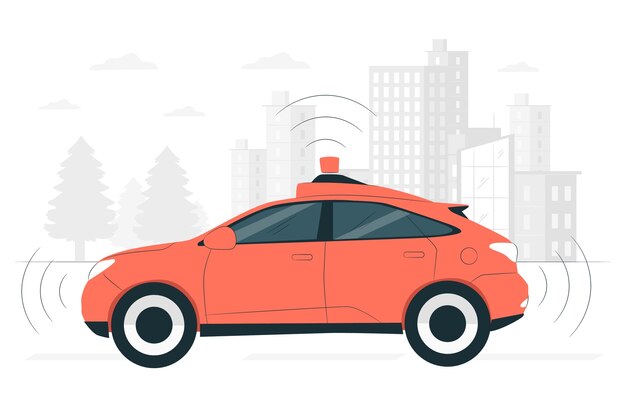Greenwich Launches Exciting Trials of Gateway Driverless Shuttle

Autonomous vehicles will soon navigate the busy streets of Greenwich, London, as the latest phase of the Gateway Project begins. This project aims to assess public acceptance and attitudes toward driverless vehicles.
Unlike simply automating existing cars, this trial focuses on improving urban mobility with new automated transport modes. In this phase, a prototype shuttle will drive a 2 km route around Greenwich Peninsula. Using sensors and advanced software, it will detect and avoid obstacles while carrying members of the public for the research.
Led by TRL and funded by both the government and industry, the project’s goal is to showcase how automated vehicles can efficiently handle short-distance travel. For example, these shuttles could connect transport hubs with nearby residential and commercial areas using a zero-emission, low-noise system. The insights from this research will inform the broader rollout of automated vehicle technology for various modes of transport, including cars, trucks, and buses.
The study isn’t just about the technology itself but also how it interacts with people in real-world settings. This first trial will delve into participants’ perceptions and potential reservations about driverless vehicles, with in-depth interviews conducted before and after their rides.
The team hopes to gain sociological insights into what could be a significant shift in mobility, similar to the impact of the internal combustion engine. The prototype shuttle, named Harry in homage to navigation pioneer John Harrison, uses Selenium software for real-time navigation and obstacle avoidance in dynamic environments.
Nick Reed, TRL’s academy director, emphasized the importance of public involvement as these technologies become a reality. According to Reed, “The Gateway Project allows us to understand public reactions to automated vehicles, which is crucial for maximizing the benefits of this technology. We see automated vehicles as a practical solution for safe, clean, and accessible last-mile mobility.”
Developed by Westfield Sportscars, Heathrow Enterprises, and Oxbotica, Harry is the UK’s first fully automated shuttle with no steering wheel or traditional controls. Over an eight-hour operation, it collects about 4 terabytes of data.
Harry navigates using Oxbotica’s Selenium software, which doesn’t rely on GPS but instead uses sensors like cameras and lasers to map its surroundings, track obstacles, and plan safe routes. For additional safety, a steward will always be on board, adhering to the UK’s guidelines for automated vehicle testing.
This project builds on over fifty years of automated vehicle research by TRL and fits within the UK’s broader Smart Mobility initiative.